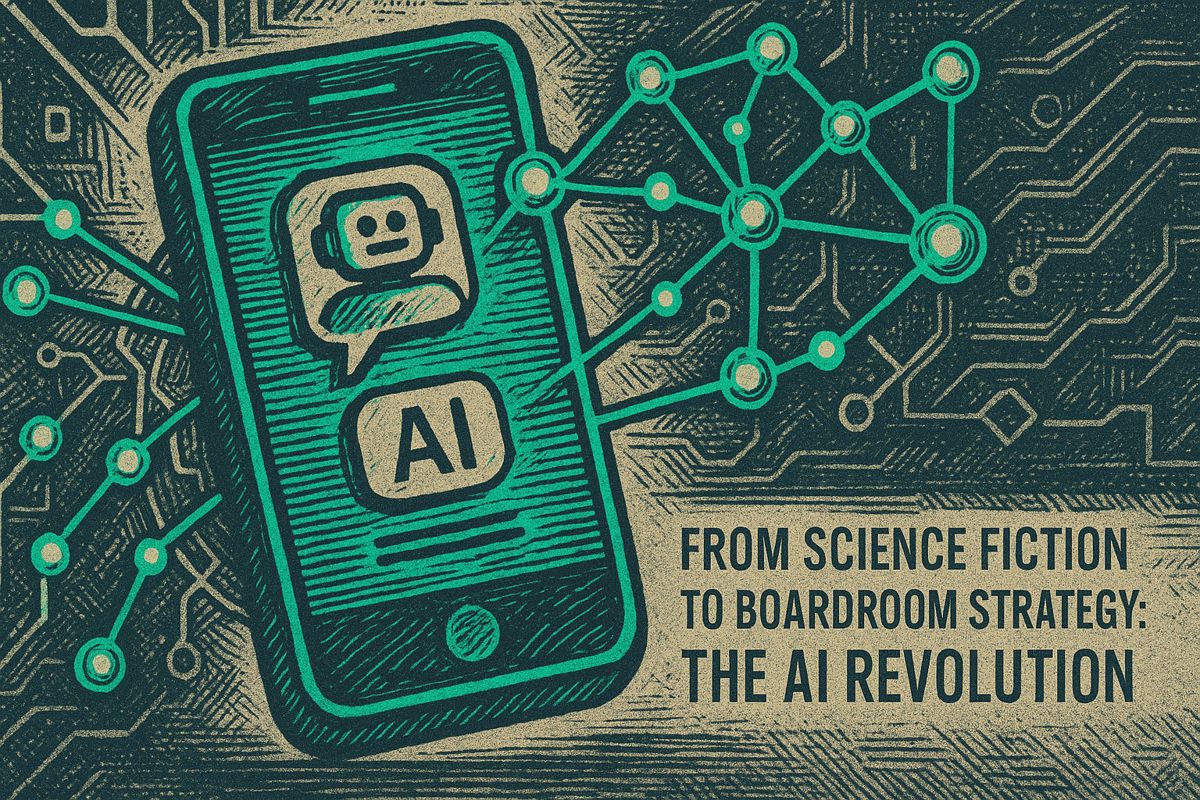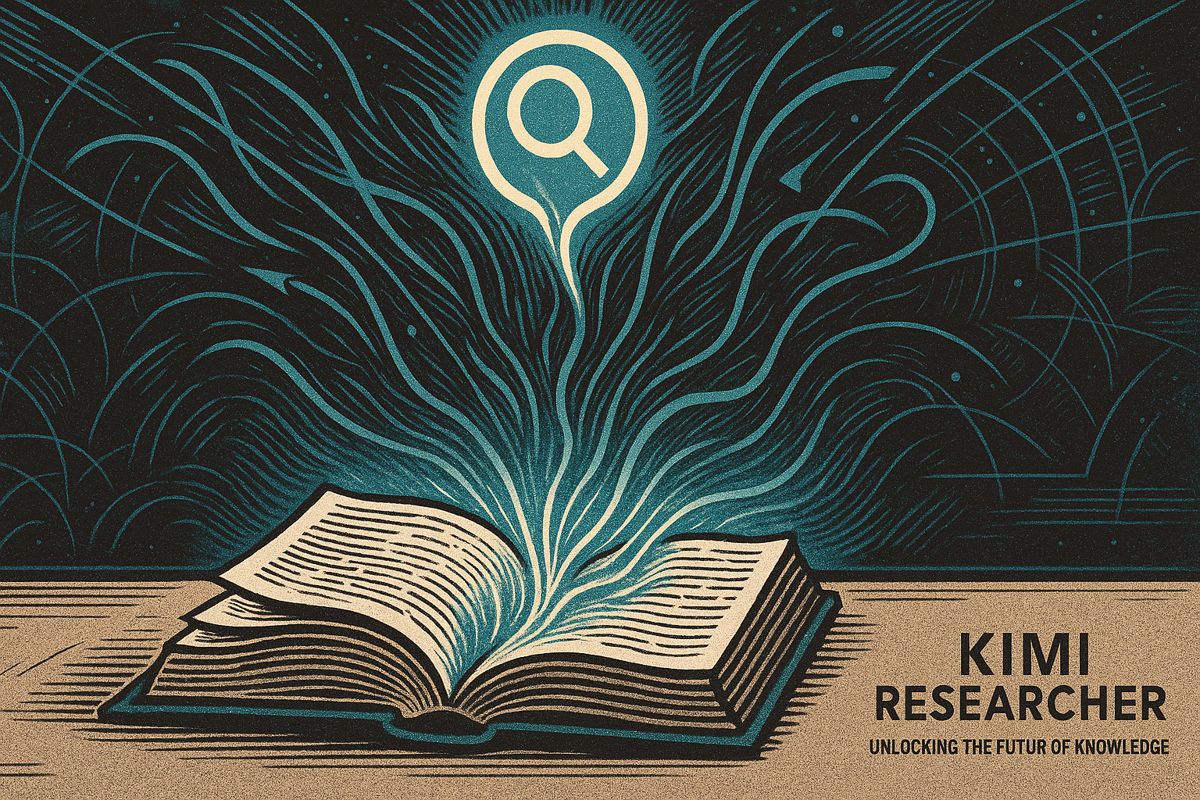Netflix’s AI tools are fundamentally reshaping engineering workflows, acting as intelligent partners for thousands of developers. By automating routine tasks from code review to knowledge discovery, the streaming giant treats machine intelligence as a powerful co-worker that eliminates toil and frees engineers to focus on creative, high-impact problems.
This report details how these AI tools integrate into the software development lifecycle, the remarkable quality gains observed, and how Netflix measures their success.
Continuous Code Review with Agentic AI
Netflix deploys a fleet of agentic AI bots that automatically scan every pull request to identify security vulnerabilities, performance regressions, and style violations before a human reviewer ever sees the code. This approach mirrors production patterns where agentic systems test code and communicate directly with developers to suggest improvements, a trend highlighted in Deloitte’s TMT Predictions 2025.
Netflix integrates agentic AI bots directly into its development lifecycle to automate code reviews. These tools autonomously scan every proposed change, identify potential security flaws or bugs, and propose corrective patches. This significantly reduces manual review time and allows engineers to focus on more complex design work.
Industry benchmarks from Qodo’s 2025 report validate this strategy, revealing that teams using AI reviewers saw measurable quality improvements in 81% of codebases and automated up to 80% of pull request checks. Netflix engineers report similar outcomes, including faster cycle times and expanded test coverage without increasing team size.
Developer Productivity Platform and Automated Migrations
The company’s internal developer platform, led by Director of Developer Productivity Kathryn Koehler, measures success by reductions in cycle time, not lines of code. AI-powered migration tools log the hours of manual intervention they save. A library upgrade that once demanded a week of work per service can now be completed in minutes across hundreds of repositories, reducing fleet-wide toil from days to hours.
An AI-driven migration typically involves three stages:
– Static analysis to map call patterns and identify edge cases.
– Plan generation that groups services by risk for staged rollouts.
– Auto-generated pull requests with clear documentation explaining the changes.
Early trials showed this process slashed the median lead time for changes from 4.3 days to 1.1 and cut build failures by 23% in high-traffic services.
Predictive Analytics for Content and Code
Netflix cleverly repurposed models trained to forecast viewer retention to evaluate engineering work. The same feature store that predicts a show’s success now assesses the potential blast radius of a code change, guiding teams to prioritize high-impact refactoring. Internal dashboards overlay technical debt maps with key business metrics, enabling leaders to make informed tradeoffs between design debt and release velocity.
AI-Powered Search and Knowledge Discovery
An internal AI search engine provides developers with instant, context-aware answers. Engineers can ask plain-language questions, such as “How do we mock the Hydra client for unit tests?” and receive a consolidated view of relevant code snippets, architectural decision records (ADRs), and Slack discussions. With query latencies under 150ms against billions of documents, this tool dramatically reduces the time spent hunting for information.
How does Netflix use AI to reduce developer toil?
Netflix deploys agentic AI workflows that run continuous, automated code review and bug detection inside every pull request. These agents act like extra senior engineers who never sleep: they scan diffs, flag regressions, suggest fixes and even open follow-up tickets. The result is up to 80% of PR reviews are handled without human touch, freeing engineers to focus on architecture and creative problem-solving.
What measurable quality gains have Netflix teams seen?
Internal metrics shared by the platform team show that services using AI review pipelines experience an 81% improvement in code quality scores compared with teams that rely on manual review alone. The number of post-merge incidents has also dropped while test coverage keeps climbing because the AI insists on missing unit tests before it approves a merge.
Which parts of the software lifecycle still get the human touch?
Netflix explicitly keeps humans in the loop for design decisions, security architect reviews and cross-service impact analysis. CTO Elizabeth Stone reminds engineers that AI is “a power tool, not a silver bullet”; every AI suggestion is treated like advice from a new hire – helpful, but requiring validation.
How does Netflix decide whether an AI experiment graduates to production?
The company runs short, metrics-driven pilots on a slice of repositories. A tool must prove it lowers cycle time, raises quality scores and wins positive developer feedback before the platform team wraps it into the standard CI/CD image. Tools that create noise or slow delivery are killed quickly, keeping the toolchain lean.
Where can I read more about the underlying research?
The 2025 State of AI Code Quality report benchmarks Netflix-style review automation against 4,200 dev teams, while Deloitte’s 2025 TMT Predictions details how agentic AI is reshaping secure software delivery.



















